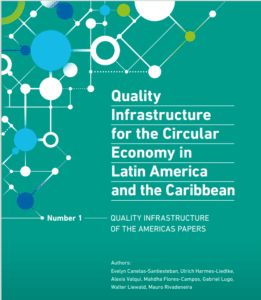 Indicators and data play a fundamental role in making informed decisions during the transition to a circular economy. By providing quantifiable metrics on resource consumption, waste generation, recycling rates, and more, these indicators help understand the strengths and weaknesses of the current economic model. This essential information enables governments and policymakers to design and evaluate specific policies that promote efficient resource use, minimize environmental impact, and foster a sustainable economic framework. Data-driven insights are crucial for accelerating and enhancing the effectiveness of the transition to a circular economy.
Indicators and data play a fundamental role in making informed decisions during the transition to a circular economy. By providing quantifiable metrics on resource consumption, waste generation, recycling rates, and more, these indicators help understand the strengths and weaknesses of the current economic model. This essential information enables governments and policymakers to design and evaluate specific policies that promote efficient resource use, minimize environmental impact, and foster a sustainable economic framework. Data-driven insights are crucial for accelerating and enhancing the effectiveness of the transition to a circular economy.
This report offers a comprehensive overview of circular economy indicators, presenting them at national, regional, and global levels. It includes specific examples from Europe, as well as from Latin America and the Caribbean. Furthermore, it analyzes existing indicators based on guidelines from the United Nations Economic Commission for Europe (UNECE) and the Organization for Economic Cooperation and Development (OECD), with a dual objective: i) to highlight the importance of these indicators in designing effective public policies, and ii) to demonstrate concrete examples of their successful implementation across various countries and sectors worldwide. By emphasizing the practical applications of circular economy metrics, this report can be a valuable tool for governments and sectors seeking to adopt sustainable practices tailored to their specific realities.
The report offers valuable insights, recommendations, and conclusions focused on promoting the circular economy model, emphasizing the need for evidence-based policy formulation and advocating for the use of key indicators in policy design and impact assessment.
Download and read more about this here.




